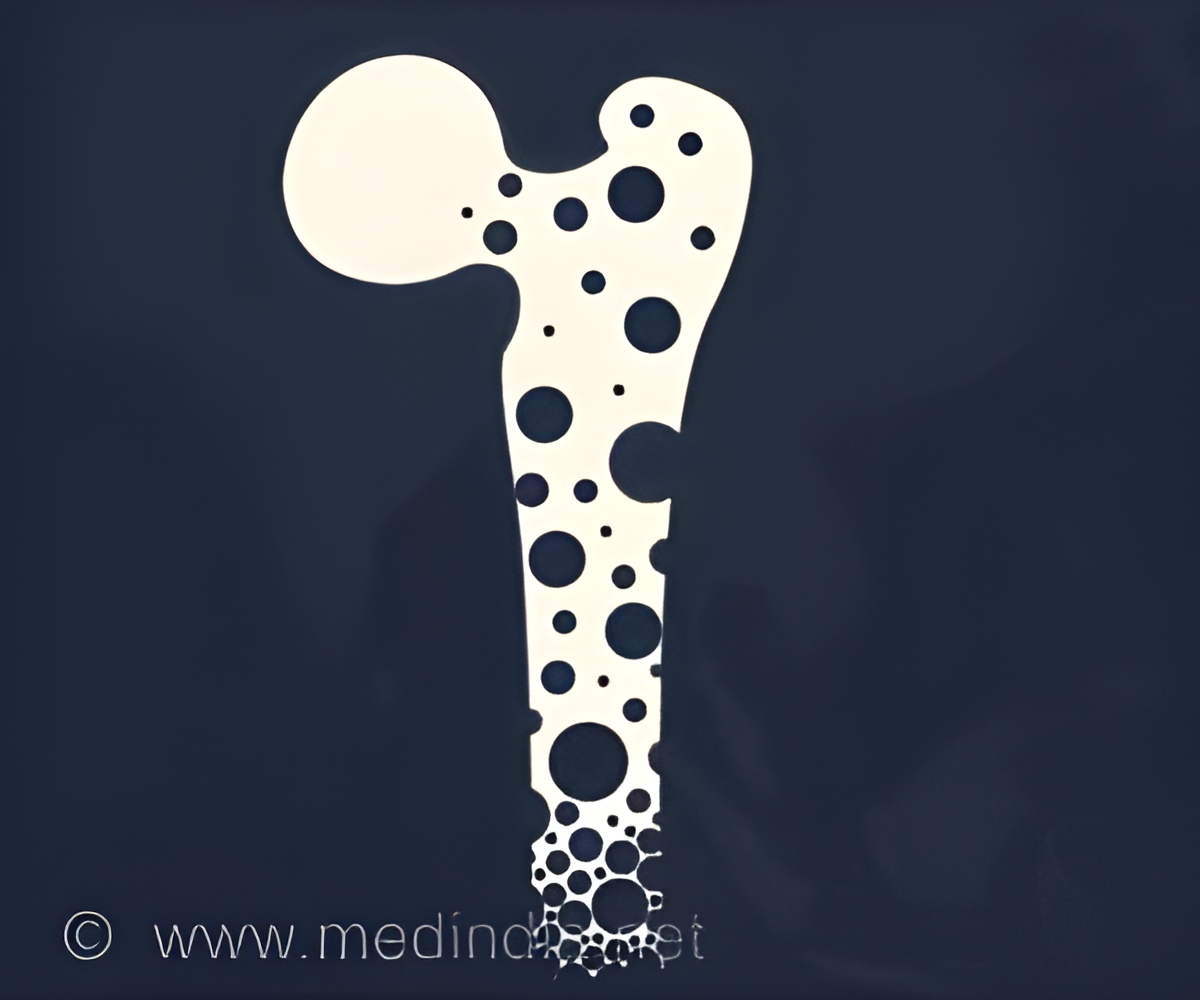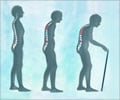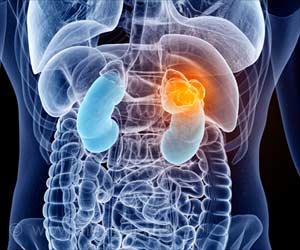SK-124 compound with parathyroid hormone–like effects when given to mice helps treat osteoporosis.

Parathyroid Hormone for the Treatment of Osteoporosis
The pathway that involves parathyroid hormone inhibits salt-inducible kinase isoforms 2 and 3 (SIK2 and SIK3), which are enzymes with roles in the regulation of bone growth and remodeling.‘Parathyroid hormone can stimulate bone formation, and analogs of the hormone are often prescribed to patients with osteoporosis.’





Wein and his colleagues generated a novel structural model of these enzymes and then used advanced methods including structure-based drug design and iterative medicinal chemistry to identify a compound that potently inhibits SIK2 and SIK3. In mice, oral treatment once a day for three weeks increased blood levels of calcium and vitamin D and also boosted bone formation and bone mass without evidence of short-term toxicity. “Based on these findings, we propose that small molecules like SK-124 might represent ‘next generation’ oral bone building therapies for osteoporosis,” says Wein. “We are currently collaborating with a pharmaceutical company—Radius Health, Inc.—to further optimize and develop this compound into a treatment for patients.”
Additional MGH co-authors include Tadatoshi Sato, Christian D. Castro Andrade, Sung-Hee Yoon, Yingshe Zhao, Daniel J. Brooks, Marie B. Demay, and Mary L. Bouxsein.
This work was supported by the National Institute of Diabetes and Digestive and Kidney Diseases, the Harrington Discovery Institute, and Radius Health, Inc.
Source-Eurekalert















